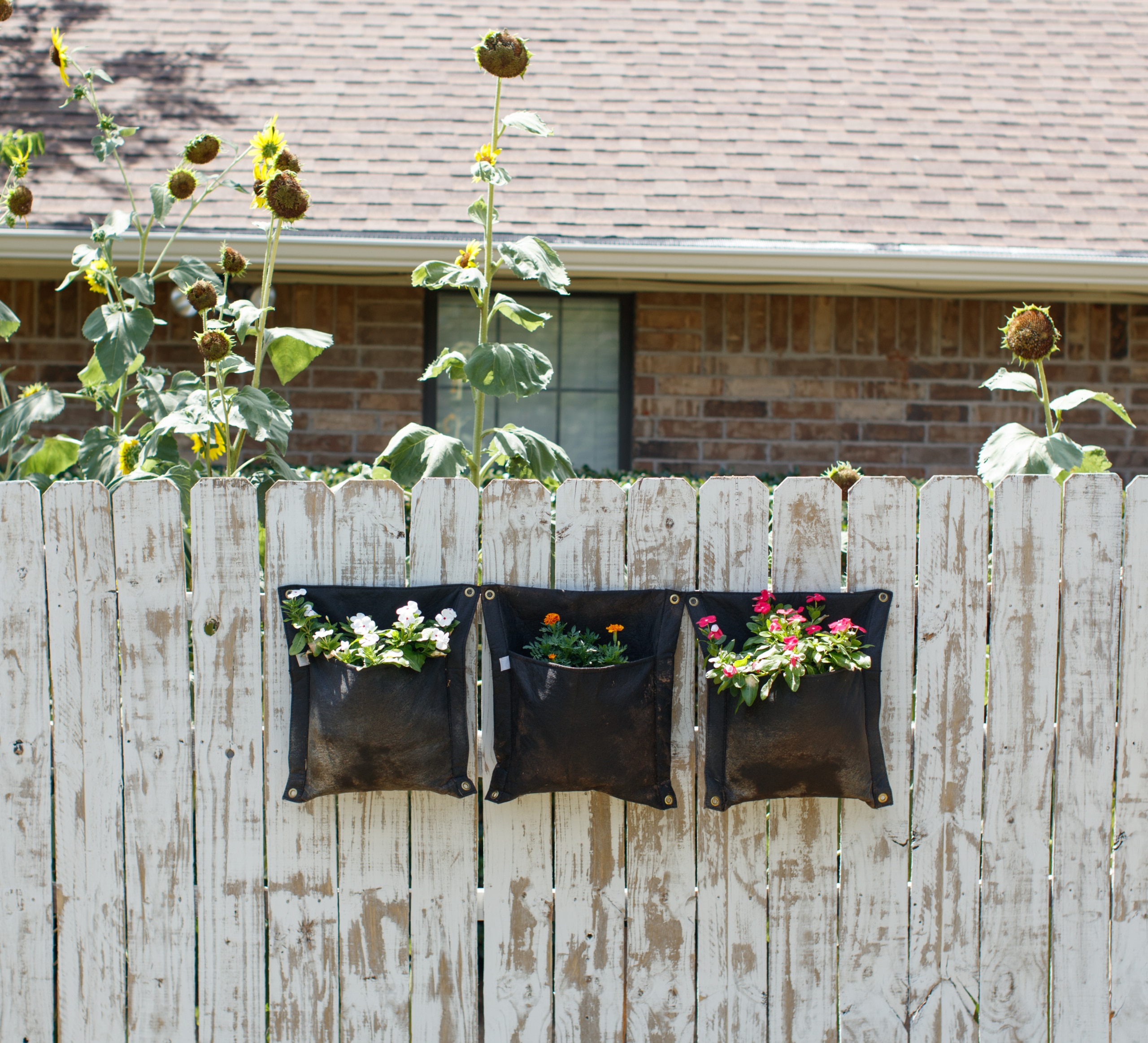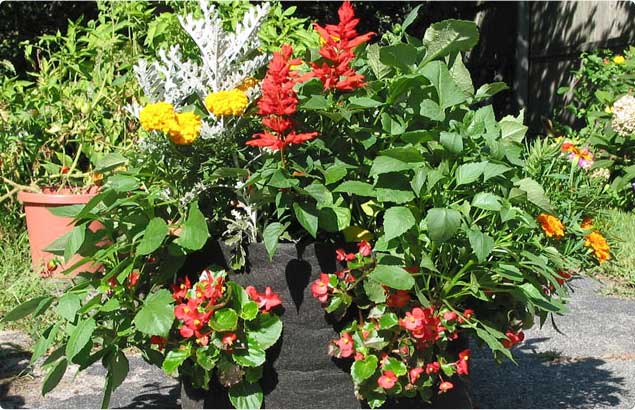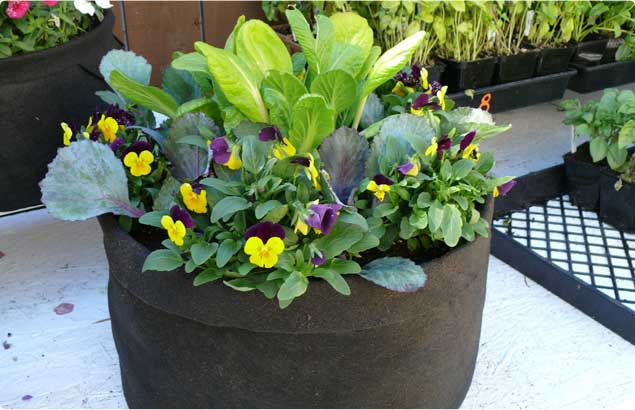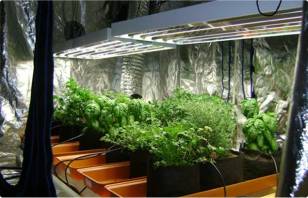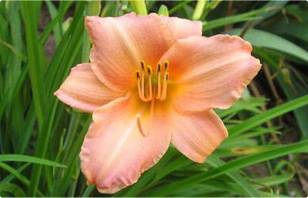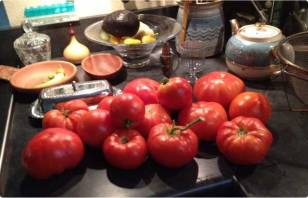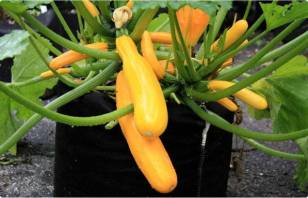Don’t Worry, BEE Happy!
Don’t have deep rich topsoil, loads of room for garden beds? Or the time and energy to dig deep for a garden to honor the Earth? You can still support our precious pollinators with Smart Pot gardening by enriching your environment with a wealth of beauty and a healthy harvest. Most plants benefit, or even require, pollinators to produce fruits and vegetables and to set seeds to grow the next generation. So including plants to attract and feed them will make your Smart Pot garden more productive and sustainable.
The Birds and the Bees
Butterflies, bees, and hummingbirds absolutely add to the magic of our gardens! Smart Pot fabric planters and raised bed gardens make it easy to plant an oasis for these magical, and essential, pollinators. Smart Pot gardening supports the byways and flyways throughout our neighborhoods. It creates green waystations for the world of pollinators and other wonders of nature around us. Attracting these pollinators is as easy as selecting a variety of plants that will “set the table” for the pollens and nectars they need to survive.
Here are a few ideas:
- Butterflies: both caterpillars and butterflies rely on plants for survival. Adult butterflies will visit your garden to feed on the nectar from flowers and to lay their eggs on a host plant. When the eggs hatch out into caterpillars, the “cats” will consume the foliage of their host plant until maturity. They will then form cocoons and undergo their transformations to butterflies. Host plants include herbs and flowers such as rue, fennel, parsley, and dill. Don’t forget to include milkweeds for our precious monarchs! Many nectar producing flowers have a tube-like neck, or funnel shape. This shape allows butterflies to access energy-rich sugars with their long tongues. Examples include petunias, salvias, pentas, cleome, and honeysuckle, and many more.
- Bees: Most bees depend on pollen as a primary food source. Lacking the specialized mouth parts that allow butterflies and hummingbirds to access the nectar sources deep within blossoms, bees feed on open faced flowers like those in the composite family. Sunflowers, daisy varieties, coreopsis, roses, and most fruit and nut trees provide both nectar and pollen for bees. Greenpeace USA estimates that 70 of the top 100 human food crops are pollinated by bees!
- Hummingbirds: Among our most cherished garden visitors, hummingbirds visit many of the same nectar sources as butterflies. Zipping through with incredible feats of arial acrobatics and brilliant flashes of iridescent color, hummingbirds are surprisingly easy to attract.
 Even the smallest container of hummingbird flowers can provide crucial supplies of energy-rich nectar to speed them on their way. They will also make your pollinator friendly Smart Pots a regular stop on their route. Like butterflies, specialized mouth parts allow hummers to drink deeply from the hidden nectars of tubular shaped flowers such as salvia, lobelia, columbine, hibiscus, and so many others. Hummingbirds are particularly attracted to red, deep pinks and violets, and orange. Prepare to be enchanted!
Even the smallest container of hummingbird flowers can provide crucial supplies of energy-rich nectar to speed them on their way. They will also make your pollinator friendly Smart Pots a regular stop on their route. Like butterflies, specialized mouth parts allow hummers to drink deeply from the hidden nectars of tubular shaped flowers such as salvia, lobelia, columbine, hibiscus, and so many others. Hummingbirds are particularly attracted to red, deep pinks and violets, and orange. Prepare to be enchanted!
A Smart Pot pollinator garden is a win-win! Just unfold, fill, and plant. Let the magic begin!
